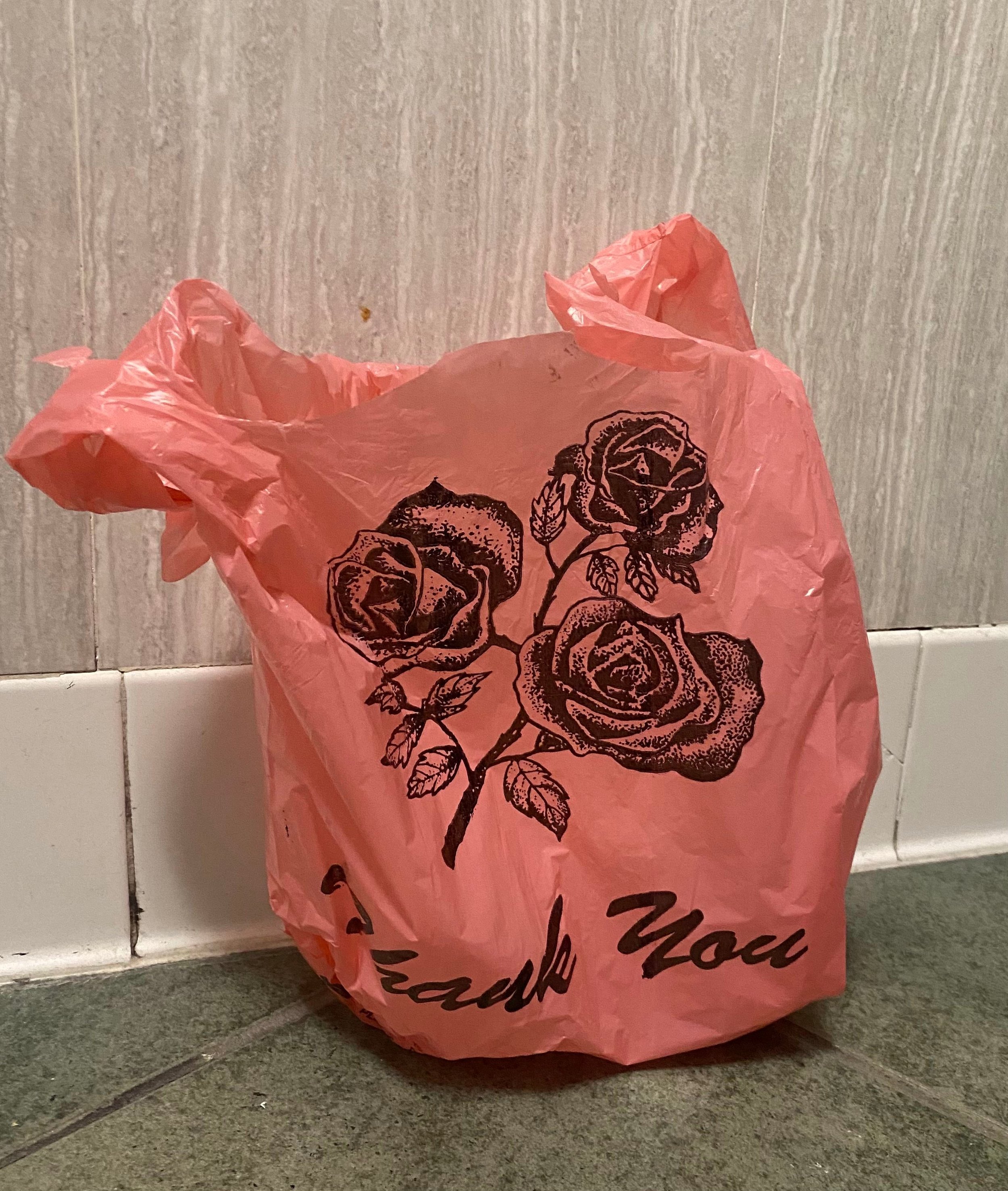Alena Romero
The icon I chose was Pikachu because of how impactful the Pokémon franchise has been on me since I was a child. Through my feedback, people said that Pikachu represented childhood and nostalgia, and those were two ideas I wanted to capture with my icon. I have grown up playing all the Pokémon games and getting various Pikachu memorabilia, so having other people acknowledge that idea of nostalgia was encouraging. In my print, I have Pikachu and I playing video games because those represent two of the happiest memories from my childhood. I wanted to capture my childhood memory, but also portray it as a scene anyone else could put themselves in.
Source Image:
Art History Student Response to Alena Romero:
By Jared Hansen:
My icon is Pikachu, from the Pokemon franchise. My initial reaction to seeing this icon was excitement from recognition. When I sit and think of Pikachu as an icon, what repeatedly comes to mind is advertising. It’s literally used everywhere for the Pokemon franchise, not to mention. It also makes me think of others being happy and carefree, as that is normally the mood you’ll see people in when around Pikachu. Thanks to merchandising deals, Pikachu was spread everywhere in the late 90s/early 2000’s to help promote other products to children and raise the popularity of the quickly growing Pokemon brand. His simple, soft, bright yellow, and distinct design made him very likable and marketable, thus making him a well known icon to even those who have no idea as to what Pokemon is or how it works.
Kraak, V. I, and M Story. “Influence of Food Companies’ Brand Mascots and Entertainment Companies’ Cartoon Media Characters on Children’s Diet and Health: a Systematic Review and Research Needs.” Obesity Reviews 16, no. 2 (2015): 107–26. https://doi.org/10.1111/obr.12237.
By Cecilia López:
My icon is Pikachu, my initial reaction to this icon was a sense of familiarity and nostalgia. I recognized the icon despite never watching Pokemon, which is telling on how iconic it is. Perhaps this icon could represent a sort of leeway into the liking of Japanese animated series. The article cited below talks about the impact the AR mobile game, Pokemon Go, had on peoples’ physical and mental health. After reading the article I was able to get a feel about how strong of a sense of belonging there is surrounding the game/series from which the icon Pikachu is a part of.
Chong, Yvette, Dean Sethi, Charmaine Loh, and Fatimah Lateef. 2018. “Going Forward with Pokemon Go.” Journal of Emergencies, Trauma and Shock 11 (4): 243–46. https://doi.org/10.4103/JETS.JETS_87_17.

























